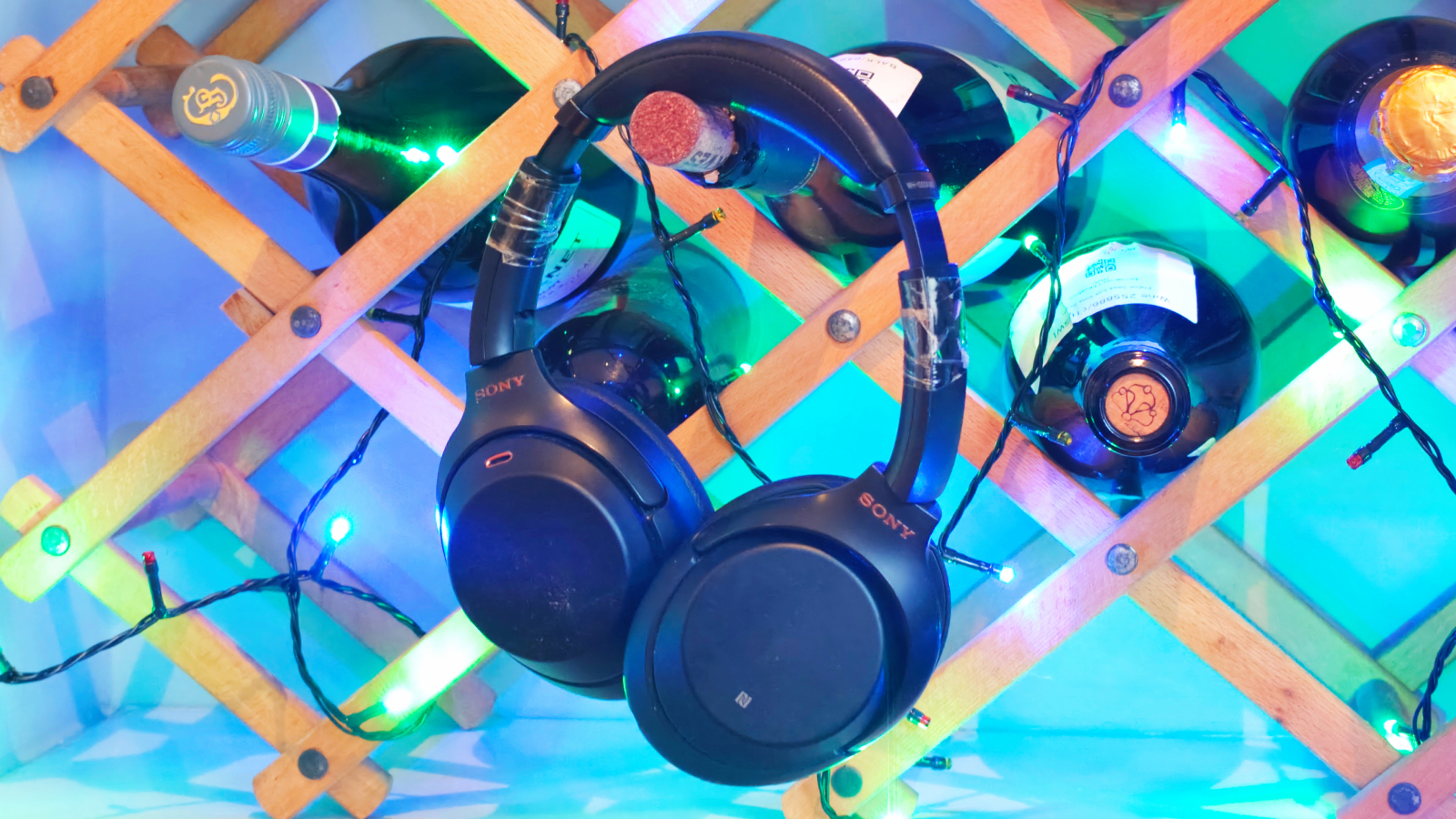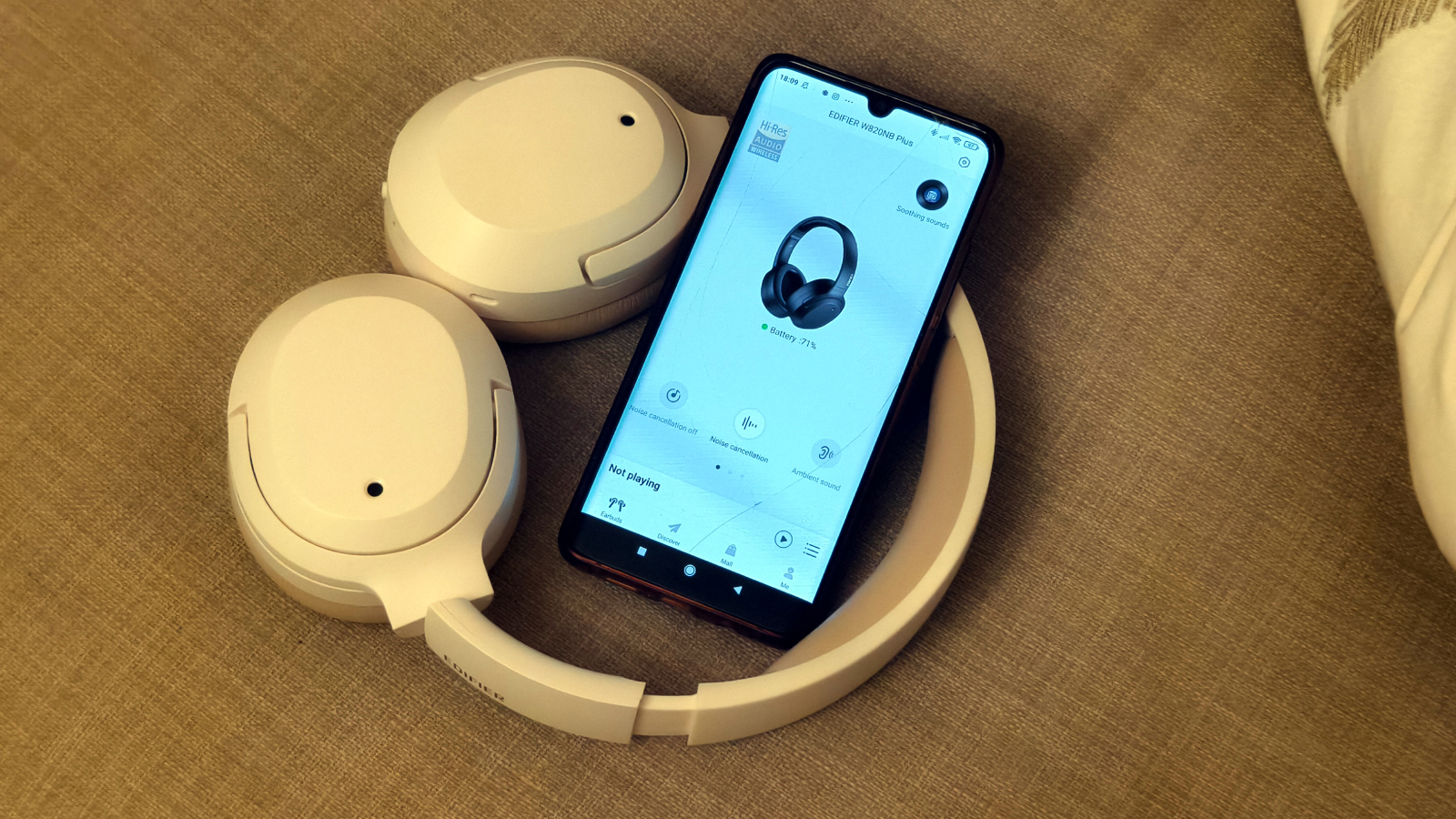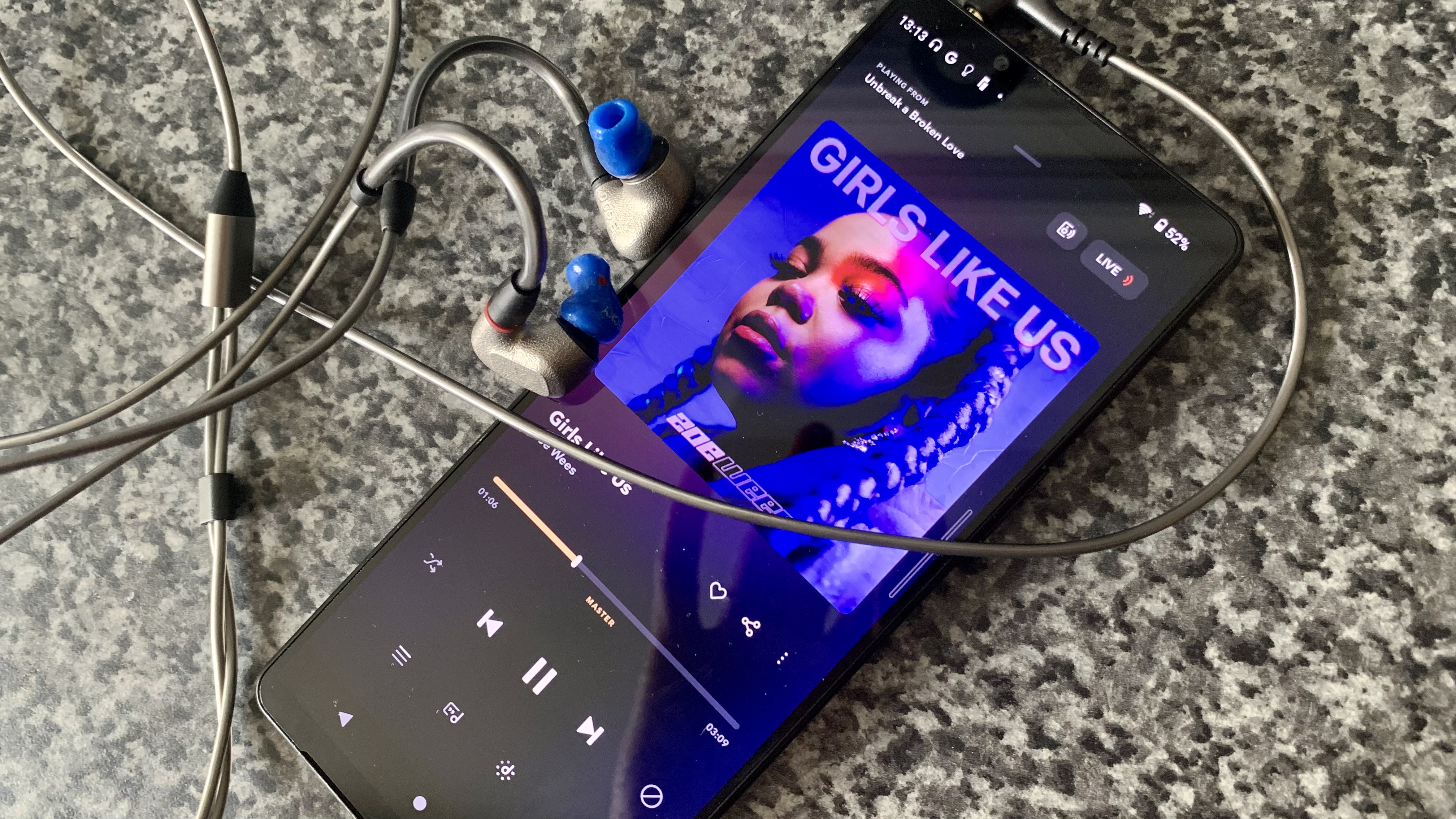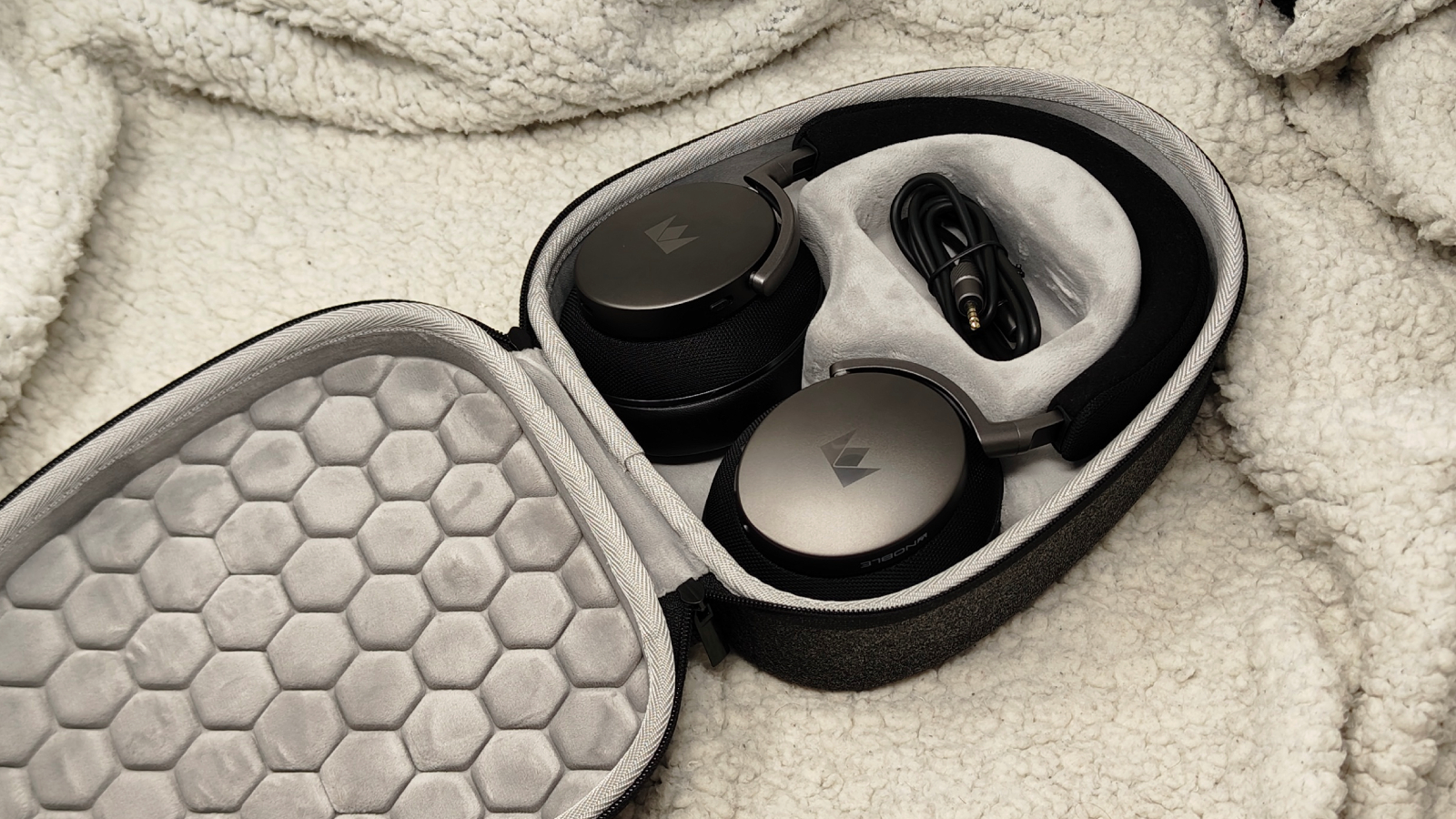
If Santa Clause did his Christmas shopping using our list of the best headphones, you may currently be adorned with a nice shiny new pair of cans, ready to blast out top-quality music.
What Santa may not have mentioned is that headphones are for life (or, a good few years at least), not just for Christmas. These are set to be your new music companions through thick (or Robin Thicke) and thin (Thin Lizzy?) and so you’ll want to make sure you’re using them right.
That’s why I’m giving you an extra Christmas gift: six useful pieces of advice, that’ll help you make the most of your new headphones. Some of these are about getting better audio quality from your music, others will increase the longevity and lasting power of your over-ears.
Most of these pieces of advice will be most useful to people who are tech novices – or ‘soon-to-be tech experts’, as I call them – but no matter your relationship with gadgets, there should be something here to help you change the way you use your headphones.
1. Check to see if there’s a smartphone app

To techy people, this advice will seem obvious, but I meet plenty of people who don’t even consider it. Almost all headphones, earbuds and speakers you can buy have smartphone or tablet apps now, that you can use to get extra control over your cans.
Apps like these automatically connect to your headphones (if you’re listening via a Bluetooth connection with that same device) and give you extra functionality, as well as an overview of the headphone status like battery and audio codec used.
Depending on the app you can change the noise cancellation settings, adjust the equalizer (which changes the audio balance of music), toggle what touch controls do, change Spatial Audio functions, find your headphones if you’ve lost them and activate any number of extra features made by the company. You’re paying for these features already – you may as well use them!
Sometimes finding the right app can be a bit hard. Sony has Headphones, Sennheiser has Smart Control, Nothing has Nothing X and so on, but some brands have loads of apps. Put ‘JBL’ or ‘Bose’ into the App or Play Store and you’ll find loads of options. So to find the correct one, consult the user manual or Google “[headphone name] app” to find the correct one.
2. Play with the equalizer
Now that you’ve set up the app, you can enjoy another handy feature which almost all (but not all all) headphones offer: an equalizer.
For those of you who don’t know, an equalizer is a feature which lets you play with the audio balance of your headphones, and therefore better cater the sound to your personal preferences. If you prefer bassy sounds, you can emphasize these, but if not you can reduce it in favor of treble, and so on.
Different app equalizers work in different ways, and at a range of complexities. Some simply offer you a range of presets to choose from, others give you a three-way graph to drag between bass, treble and mid. More advanced apps give you full control over a parametric EQ and there are many custom alternatives that some audio brands use too.
If you’re a bit of a technophobe, I’d recommend using presets as they’re simple and easy to use, but the more you know about audio, the more you can mess about with advanced options.
3. Make sure you’re getting the best sound possible

Different audio sources and apps offer you music and sound to different fidelities; if you’ve just received really expensive and fancy headphones, then, you’re going to want to make sure the audio being streamed into your ears matches.
The explanation here is going to get really techy, so I’m going to use a Christmassy metaphor to help you explain. Pretend that audio quality is like mince pies — if you’ve got low-end headphones, you might not have much of an appetite, but expensive headphone owners are absolutely ravenous (and I don’t blame you, either for mince pies or great-sounding music).
Traditionally, streaming services only offer you a limited number of mince pies per second, since the mince-pie-delivery-service (ie, the internet) can handle that. And given that we’re talking about rates of thousands of mince pies per second, most people might notice a few of the tasty treats missing. If you’ve got a big appetite, though, certain premium services can provide you more mince pies.
So you’ll want to find a mince pie provider (a music service) which can match your appetite (your headphones’ potential). So how can you do that?
Well if you’ve got fancy headphones, I’d recommend looking to premium audio streamers like Tidal or Apple Music, as these offer lossless music which sounds much better. It’s hard to get much more in-depth without getting too technical, but I’ve written up a handy guide on audio file formats for some more advice on what to look for.
4. Find your way around noise cancellation
If you only get a new pair of headphones every few years, the thing that might be surprising you about your new pair is just how many different types of ANC – or Active Noise Cancellation – there are. Headphone makers jam-pack their creations with loads of different ways to block out background noise; it can get a little confusing, but learning about the different options can help you make the most out of your new cans.
The first fancy mode you need to know about is called things like Ambient, Aware or Active depending on which brand you’re with, and this is designed to block out annoying background humdrum while still allowing you to hear sounds near you like oncoming vehicles, people talking to you and knocks on your door. This can be useful to toggle on when situational awareness is important.
Headphones often also offer varying intensities of ANC, which limit how much sound is blocked. Some allow you to tweak it manually on a slider (you'll probably whack it up to max on flights or on noisy days in the office when you need to crack on). I often find myself opting for any kind of 'Adaptive' mode if it’s available, which automatically jumps between High, Medium and Low ANC depending on your environment. Many of the best noise-cancelling headphones and best noise-cancelling earbuds we've tested have a mode such as this.
I’ve also seen ANC modes recently with very specific skill sets. Some block out wind, others environmental sounds, others combine the ANC with head-tracked spatial audio filters (see the Bose QuietComfort Ultra Earbuds for this) or even more niche situations.
It can be worth figuring out the strengths and weaknesses of your specific headphones’ ANC modes, as it might prompt you to toggle between them at certain times.
5. Get a case

Most of these pieces of advice come from my years of tech expertise; this one comes from my many years of tech mistakes… get a case for your headphones!
Headphones are, as tech gadgets go, pretty fragile: the earpieces house mics, drivers and electronics that can be hurt by a bash or drop; the pads can be scratched, stained or ripped; the bands comprise strips of metal and plastic with hinges that can snap if given cause to.
It’s very easy to break headphones, then, whether they’re on your head or in a bag. Obviously in the first case there’s not much you can do to protect them, but I’ve often found that the Achilles’ Heel of a fancy pair of headphones is a backpack – specifically one that they’re put into loose. My personal pair of headphones is about 50% sticky tape, at this point, from damaged sustained by being put loose into my bag!
If you’re often transporting your headphones in a bag, I’d really recommend investing in a decent carry case (some headphones come with one, I should point out). This small cost could save you buying a whole new pair when the headphones snap in two due to rough conditions.
6. Don’t leave your headphones plugged in
This isn’t the most glamorous piece of advice on this list, which is why it’s not at the top of the list, but it’s the one I use with all my tech gadgets and it works wonders: don’t leave your headphones plugged in once they’re fully charged.
What’s the reason for this? Overcharging can cause damage to a gadget’s battery, which will over time add up to ensure that the battery can’t hold as much charge as it originally could. In short, while your headphones might have an advertised 10-hour battery life, if you overcharge them that battery life will slowly get worse and worse.
The best way to charge up your headphones is to do it in bursts, plugging it in for a few minutes here and there, which will ensure that the battery health stays high for longer. Generally, experts recommend you keep your gadgets between 20% and 80% charge, but not all headphones let you see the charge in a percentage as smartphones or tablets do.
Avoiding overcharging won’t give you noticeable benefits over time, but when you’ve been using the headphones for several years and their battery life is still pretty solid, you’ll thank me!







